Mastering the eight essential strokes of Chinese characters
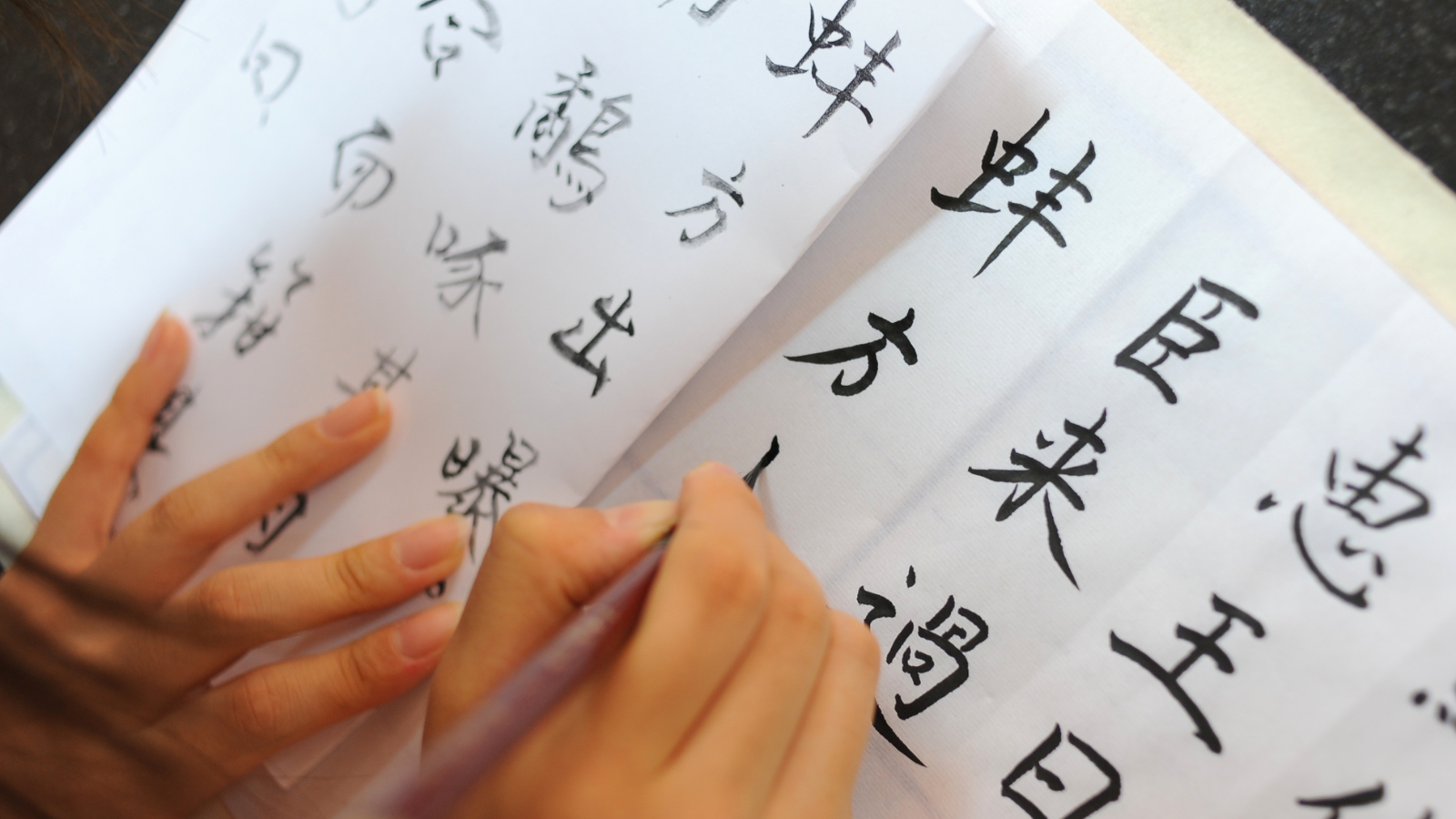
Introduction
Do you find it hard to learn how to write and read Chinese characters? Don't worry; you're not the only one! It can be scary to learn how to write and read Chinese characters. But guess what? Even though they look complicated, the strokes that make up each character are part of a well-thought-out system. Once you get used to it, it's not hard to figure out how they're put together is not hard.
In this blog post, we unravel the eight basic stroke types in Chinese characters – the fundamental building blocks – so that you can take your first step with confidence in mastering Mandarin Characters.
Stroke Types - 8 Basic Strokes in Chinese Characters
Chinese characters are made up of different strokes, like painting a picture. There are 8 basic strokes from which the characters can be constructed.
1. Horizontal (横 héng)
A Horizontal (横 héng) is a straight line drawn from left to right.
2. Vertical (竖 shù)
A Vertical (竖 shù) is a straight line drawn from top to bottom.
For example, the Chinese character below is 十 (shí), which means ten. The first stroke is a horizontal (横 héng), and the second is a vertical (竖 shù).
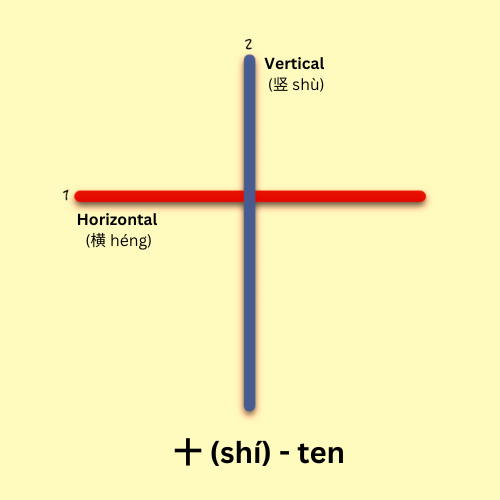
3. Left-falling (撇 piě)
A Left-falling (撇 piě) stroke starts from the top-right and falls sharply downwards bottom-left.
4. Right-falling (捺 nà)
A Right-falling (捺 nà) stroke is similar to left-falling but moves in an opposite direction -- from top-left to bottom-right.
For example, in the Chinese character 人 (rén, people, person), the first stroke is left-falling (撇 piě) stroke, and the second is right-falling (捺 nà) stroke.
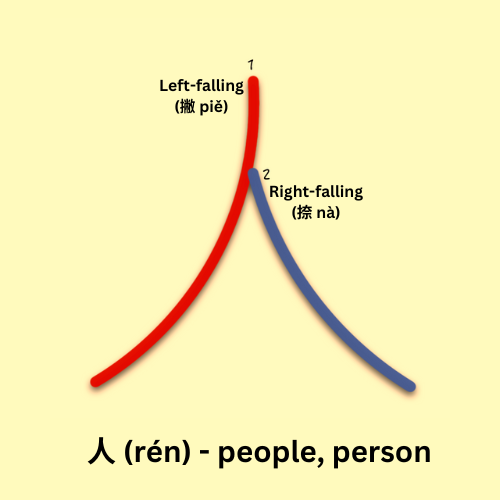
5. Dot (点 diǎn)
A Dot (点 diǎn) is a short stroke moving from top-left to bottom-right.
6. Rise (提 tí)
A Rise (提 tí) moves from bottom-left and rises to top-right.
For example, in the Chinese character 冰 (bīng, ice), the first stroke is a dot (点 diǎn), and the second is a rise (提 tí).
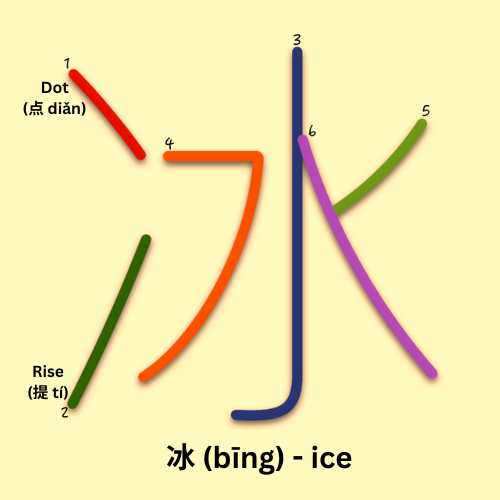
7. Turning (折 zhé)
A Turning (折 zhé) consists of two lines that join each other at the end.
If a horizontal (横 héng) joins a vertical (竖 shù), the turning is called a horizontal turning (横折 héng zhé).
For example, in the Chinese character 口 (kǒu, mouth), the second stroke is a horizontal turning (横折 héng zhé).
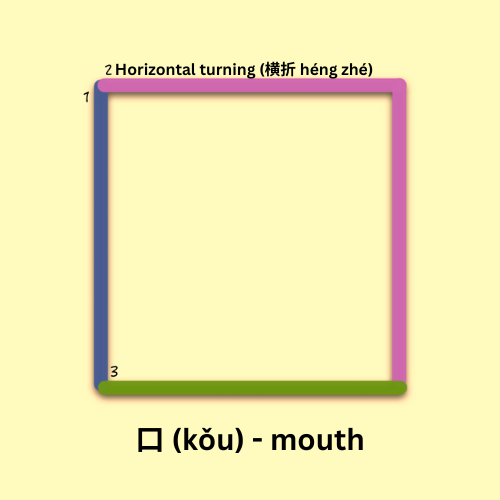
If a vertical (竖 shù) joins a horizontal (横 héng), the turning is called a vertical turning (竖折 shù zhé).
For example, in the Chinese character 山 (shān, mountain), the second stroke is a vertical turning (竖折 shù zhé).
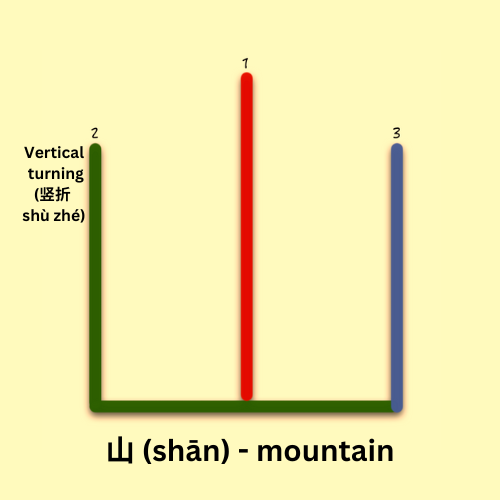
8. Hook (钩 gōu)
A Hook (钩 gōu) is a stroke that curves at an angle. It is written together with other strokes.
When a hook (钩 gōu) is used with a horizontal (横 héng), it is a horizontal hook (横钩 héng gōu).
For example, in the Chinese character 买 (mǎi, buy), the first stroke is a horizontal hook (横钩 héng gōu).
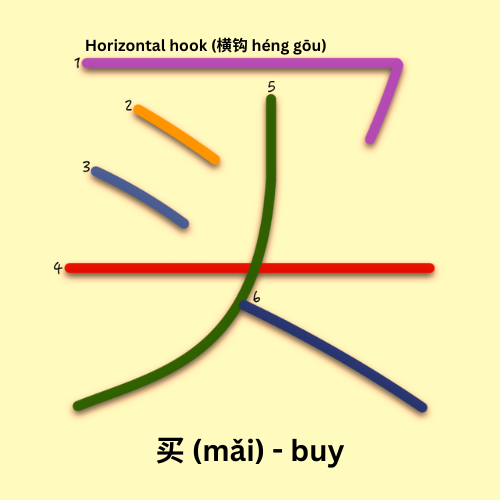
When a hook (钩 gōu) is used with a vertical (竖 shù), it is a vertical hook (竖钩 shù gōu).
For example, in the Chinese character 小 (xiǎo, small), the first stroke is a vertical hook (竖钩 shù gōu).
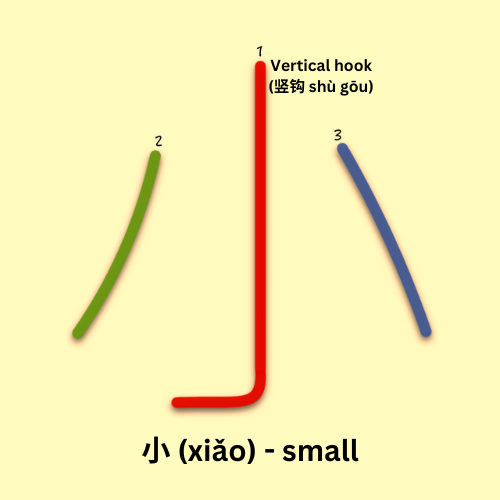
Summary
The eight basic strokes are the building blocks of any character, and mastering them is essential to learning Mandarin. Knowing how the strokes come together in different combinations can help you read, write, and recognize characters with ease.
To wrap up our exploration, we hope you feel inspired to practice and start writing Chinese characters without delay! We encourage you to take advantage of the exercises we provided below – you'll surely notice a marked improvement if you do. Until then, keep those brushes moving!
Exercises
1. How many horizontals (横 héng) are there in the Chinese character 生 (shēng - birth)? Which are they?
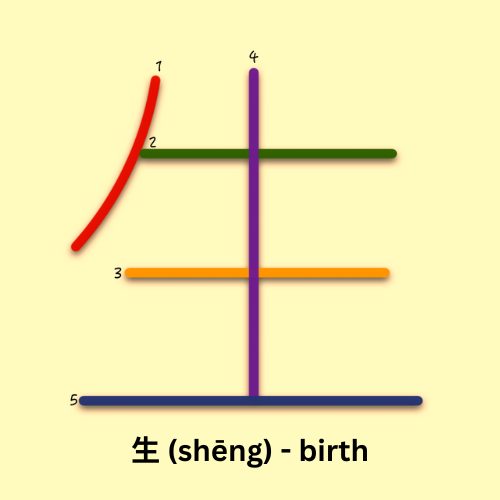
2. How many verticals (竖 shù) are there in the Chinese character 休 (xiū - rest)? Which are they?
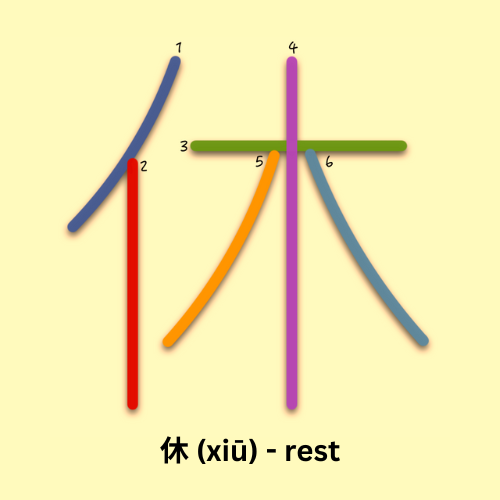
3. How many left-falling (撇 piě) strokes are there in the Chinese character 众 (zhòng - crowd)? Which are they?
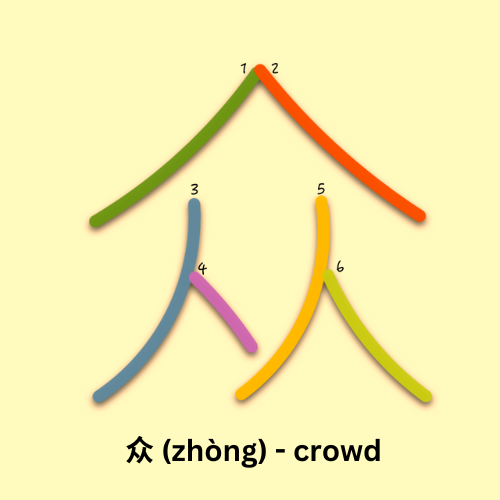
4. How many right-falling (捺 nà) strokes are there in the Chinese character 火 (huǒ - fire)? Which are they?
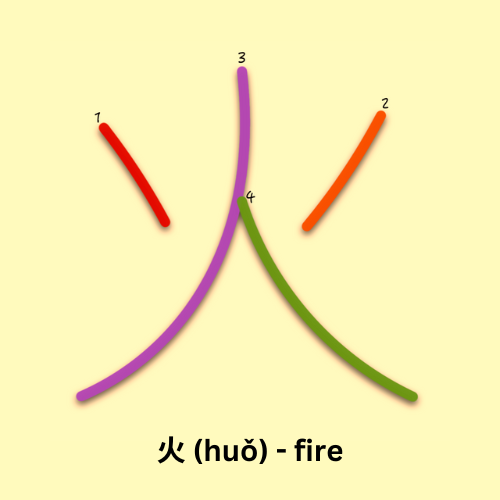
5. How many dots (点 diǎn) are there in the Chinese character 冬 (dōng - winter)? Which are they?
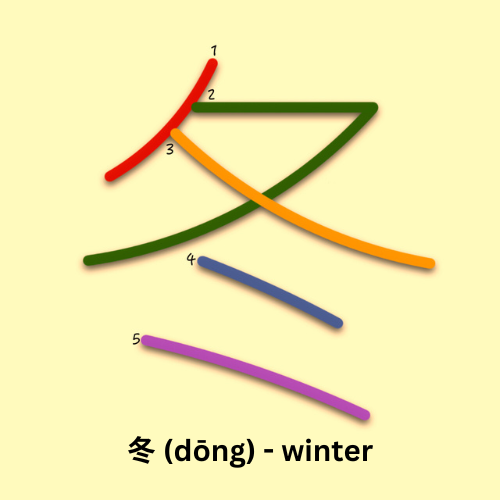
6. How many rise (提 tí) strokes are there in the Chinese character 酒 (jiǔ - alcohol)? Which are they?
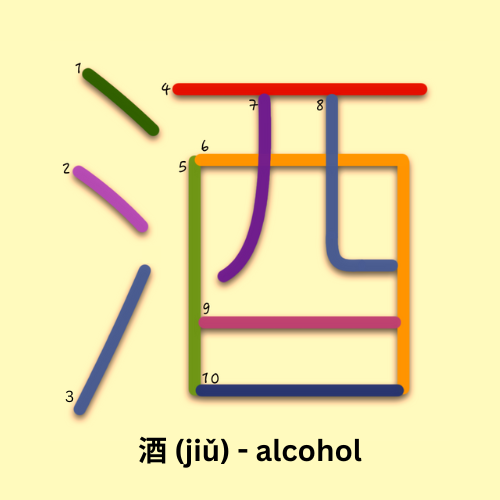
7. How many turnings (折 zhé) are there in the Chinese character 贝 (bèi - shell)? Which are they?
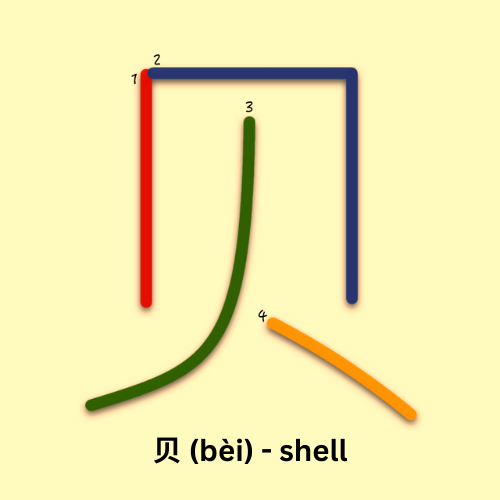
8. How many hooks (钩 gōu) are there in the Chinese character 鱼 (yú - fish)? Which are they?
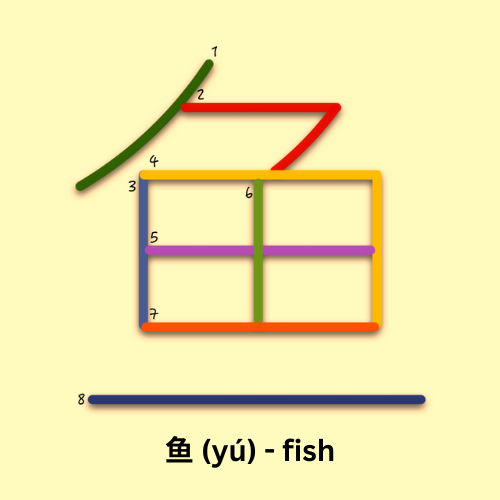
Answers
1. In the Chinese character 生 (shēng - birth), there are three horizontals (横 héng). They are the second, third and fifth strokes.
2. In the Chinese character 休 (xiū - rest), there are two verticals (竖 shù). They are the second and fourth strokes.
3. In the Chinese character 众 (zhòng - crowd), there are three left-falling (撇 piě) strokes. They are the first, third and fifth strokes.
4. In the Chinese character 火 (huǒ - fire), there is one right-falling (捺 nà) stroke. It is the fourth stroke.
5. In the Chinese character 冬 (dōng - winter), there are two dots (点 diǎn). They are the fourth and fifth strokes.
6. In the Chinese character 酒 (jiǔ - alcohol), there is one rise (提 tí). It is the third stroke.
7. In the Chinese character 贝 (bèi - shell), there is one turning (折 zhé) stroke. It is the second stroke, and it is a horizontal turning (横折 héng zhé).
8. In the Chinese character 鱼 (yú - fish), there is one hook (钩 gōu). It is the second stroke, and it is a horizontal hook (横钩 héng gōu).
Let's get in touch
Sign up to get our newsletter with Chinese learning resources. Also, get updates about future courses and deals!
Thank you for your question!
Have a great day!